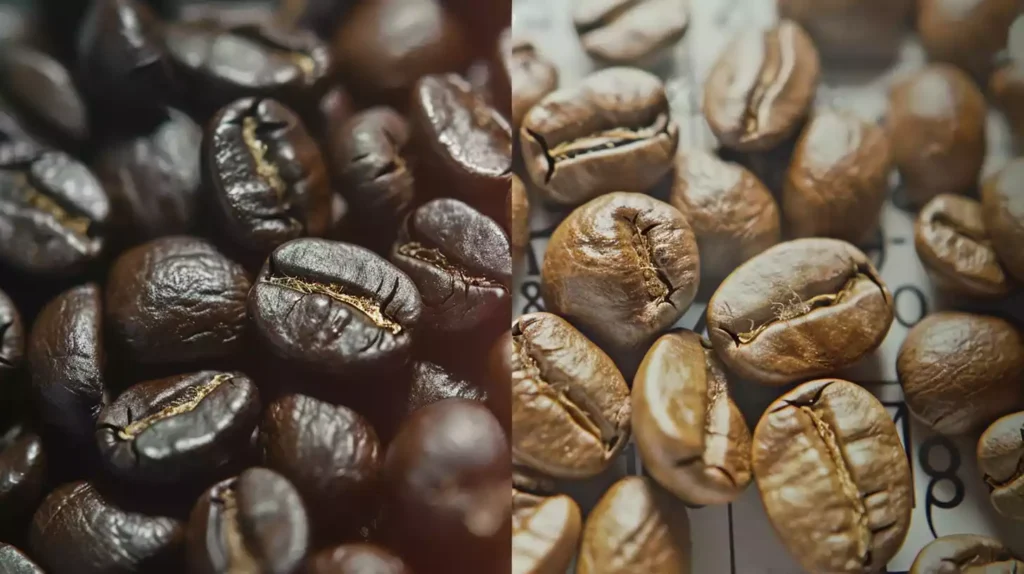Have you ever wondered if your beloved coffee beans can go bad? I’m here to explain this pressing question that haunts every coffee enthusiast’s kitchen.
We all crave that perfect brew, but what happens when our beans lose their magic? Join me as we dive into the world of coffee freshness, uncover the factors that affect bean longevity, and learn how to spot those dreaded stale beans.
Let’s ensure our coffee ritual always feels like coming home.
Quick Summary
- Coffee beans do not expire but their freshness diminishes over time.
- Beans have a peak flavor period that starts a few days after roasting and lasts for about a month.
- Factors such as air exposure, humidity, high temperatures, and light can affect the longevity of coffee beans.
- Proper storage in airtight containers, in a cool and dry place, away from direct sunlight, is crucial for maintaining bean freshness and prolonging their lifespan.

Understanding Coffee Freshness
I often hear people ask about the shelf life of coffee beans, not realizing that while they may not expire in the traditional sense, their freshness certainly diminishes over time. As a coffee enthusiast, I’ve learned that to truly belong to the community of coffee lovers, you must respect the craft by understanding freshness.
Just like us, beans are best when they’re fresh and full of life. Coffee has a peak flavor period that starts a few days after roasting and lasts for about a month. After that, they slowly lose their vibrant notes and character.
Does the Shelf Life of Coffee Beans Affect Their Use for Cold Brew?
Yes, the shelf life of coffee beans can affect their use for cold brew. Using the best coffee for cold brew is crucial, as fresher beans will provide a more flavorful and aromatic cold brew. Beans that are past their shelf life may result in a weaker and less enjoyable cold brew experience.
Factors Affecting Bean Longevity
Understanding that coffee beans don’t ‘expire’ per se, it’s still crucial to consider various factors that can significantly affect their longevity and taste. As a fellow coffee enthusiast, I know we’re all in this together, trying to keep our beloved beans fresh for as long as possible.
To make things clearer, here’s a handy table we can all relate to:
| Factor | Impact on Beans |
|---|---|
| Air Exposure | Reduces freshness and flavor |
| Humidity | Causes deterioration and loss of taste |
| Temperature | High heat can spoil beans quickly |
| Light | Can degrade quality and aroma |
Recognizing Stale Beans
Despite our best efforts to store coffee beans properly, it’s important to know the telltale signs that indicate they’ve gone stale.
I’m on a journey to perfect my home brew, and I want to invite you into the world where every cup feels like a warm embrace.
When I pick up my beans, I look for a lack of sheen – that glossy coat that whispers promises of rich flavor. I give them a gentle squeeze; fresh beans should have a slight spring, revealing their vitality. Stale beans, however, feel lifeless under my fingers.
Then, there’s the sniff test. Fresh beans pull you in with a heady aroma, but stale beans? They’re like distant friends, their once vibrant personalities faded.
Let’s keep our coffee circle strong – don’t let stale beans dampen our shared passion.

